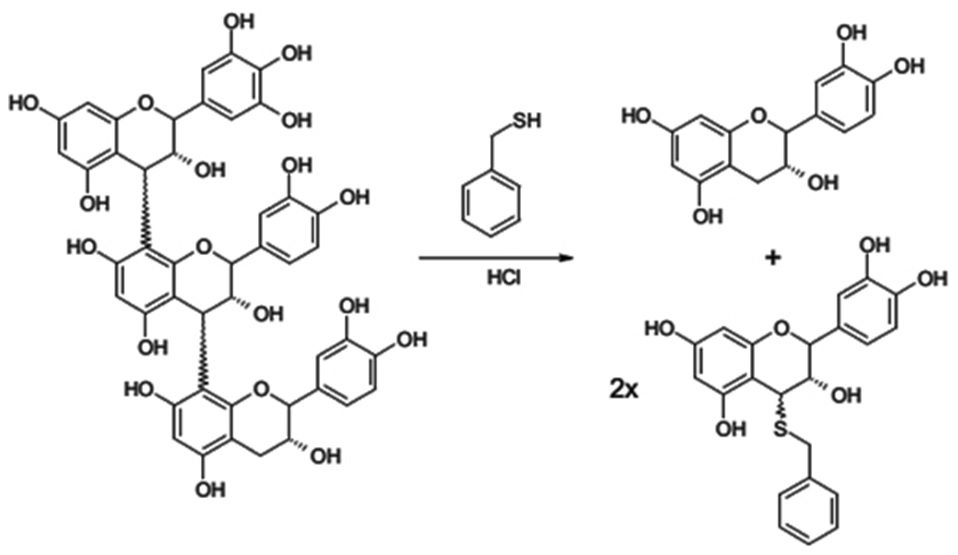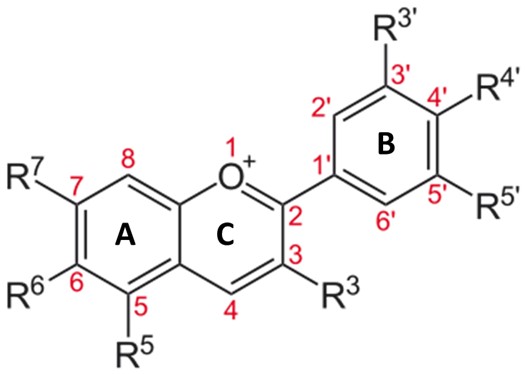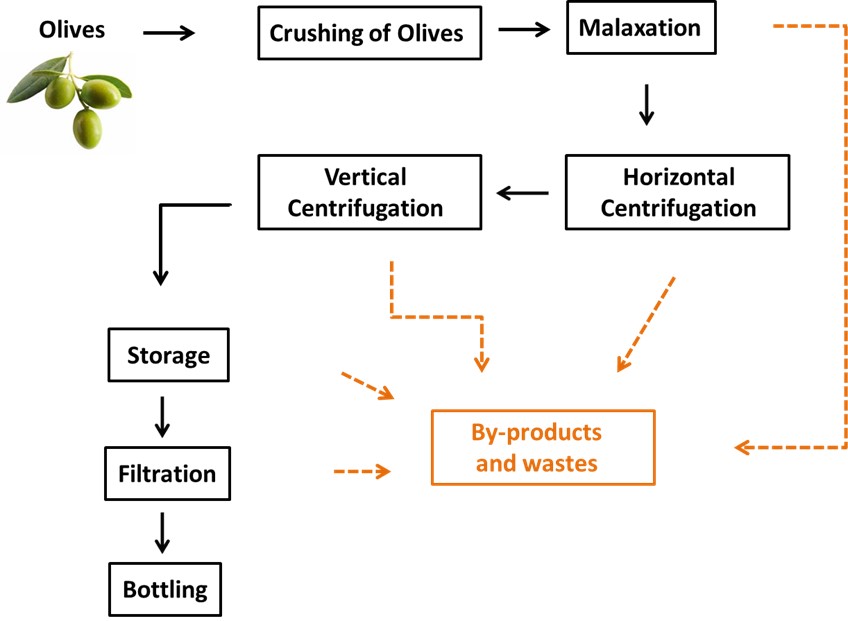The topic of this special edition is ‘Polyphenols for improving food quality and nutraceuticals’. Polyphenols are the subject of increasing scientific interest because of their possible beneficial effects on human health. Not only that, they have an as important role in improving the appearance, taste, and color of foods. They can act as coloring agents, flavoring agents, antioxidants, and emulsifiers. They also act as metal chelators. These characteristics add up to improve the overall quality of the food. New polyphenol sources are constantly being screened for these effects. We invite papers that explore the role of polyphenols as heath-improving or food-improving agents.
Editorial Introduction
Polyphenols are widely present in various fruits, vegetables, and plant parts. Polyphenols are products of the secondary metabolism of plants and protect them against animals and provide defense against UV radiation. They also provide antioxidant protection from free radicals generated during the photosynthetic process. Polyphenols have been proven to have beneficial effects on human health. A lot of attention is focused on polyphenols due to their bioactive properties. High consumption of fruits, vegetables, and beverages like tea and red wine is related to health-promoting effects. Polyphenols are not only consumed as part of fruit and vegetables but different products having increased purity are widely available in the form of dietary supplements.
Polyphenols can be broadly categorized into phenolic acids or flavonoids. More than 8000 phenolic compounds are currently known and among them over 4000 flavonoids have been identified. Phenolic acids are non-flavonoid polyphenolic compounds that can be further divided into main types –benzoic acids and cinnamic acid derivatives. Flavonoids have a C6-C3-C6 backbone in which two C6 units (Ring A and Ring B) are of phenolic nature. Owing to variations in the chromane ring, flavonoids can be further divided into different subgroups like anthocyanins, flavones, flavan-3-ols, flavones, flavanones, flavonols, chalcones, neoflavanoids, isoflavones, etc. A large number of flavonoids have their Ring B attached to the C2 position of Ring C. Anthocyanins, flavones, flavan-3-ols, flavones, flavanones and flavonols belong to this category. Isoflavones have their Ring B attached to C3 of Ring C and chalcones have the ring C open. Neoflavanoids which have the Ring B attached to C4 of Ring C are also found, although not as commonly. Proanthocyanidins are made by the polymerization of flavonols. Polyphenolic amides like capsaicin have amide groups in addition to a polyphenolic group. Capsaicin belongs to capsaicinoids which are responsible for the hotness of chili peppers and have antioxidant and anti-inflammatory properties.
The rate of obesity has been increasing in many countries over the years. Obesity has been reported as a risk factor for a number of chronic diseases, including cardiovascular diseases, neurodegenerative diseases, diabetes, and cancer. Polyphenols, more specifically flavonoids, have been studied for various biological effects – antioxidant, anti-cancer, anti-inflammatory, and improvement of cardiovascular health. Discussing specifically cancer – many polyphenols have been reported to have chemo-preventive capacity. The chemo-preventive activity of an agent is investigated by employing carcinogens or spontaneously induced tumors or appropriate pathways in an experimental animal or cell culture assay. Appropriate pathways or biomarkers are chosen to observe the effects. Markers like cell proliferation and apoptosis and various detoxification pathways have also been successfully used for demonstrating protective action in vivo systems. However, there are some things to be kept in mind while suggesting polyphenolic compounds as effective molecules. It is crucial to know the doses and duration of consumption of active constituents. Some trials have found that administration of dietary polyphenols resulted in low levels in the blood, which probably stopped its progress to the clinic. Search for potential factors contributing to low bioavailability suggests low aqueous solubility of compounds. Some molecules like procyanidins are absorbed poorly in the gut leading to lesser effect. In some cases, there is extensive conversion to conjugates/metabolites, like some anthocyanins.
Improving bioavailability is crucial to using these compounds in disease prevention. Use of nano-carriers, incorporation in polymers, proteins/amino acids or phospholipids, or using polyphenols coated with natural oil/s are some of the options.
Also currently available models may suffer from their own limitations and hence existing models may need to be improved. Before starting clinical trials, a thorough investigation of mechanisms is crucial. However, the understanding protective effect of one class of agents alone may not address the issue satisfactorily. Identifying novel prevention approaches and developing a number of dietary polyphenols offering different mechanisms of action would help in preventing diseases. They can also be combined with chemotherapy or other conventional approaches to reach the desired goal in treatment.
Overall, interest in this interesting class of molecules is continuing to grow and we are hopeful of their growing use as disease prevention aid.









